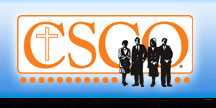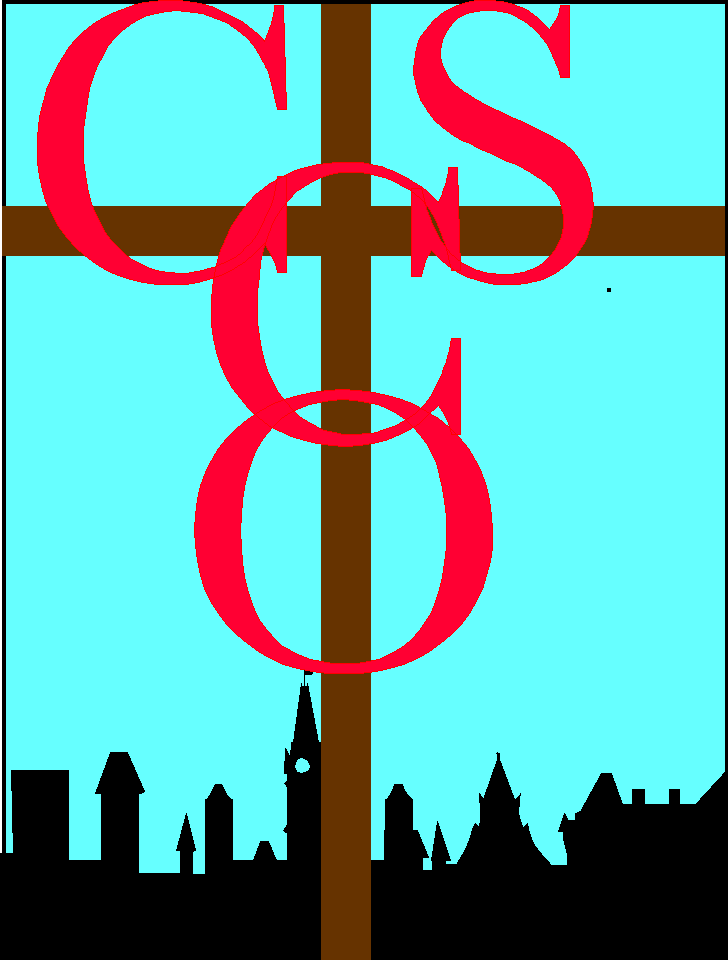| ||||||
|
|
Sider
Endorsement - On Power - Wheaton Professor - Rev. Youngblood -
Community Organizing |
| Organizing |
Organizing Styles Studied
"Community organizing for power is of particular interest to our field because it is focused explicitly on system change. Specifically, community organizing for power 1) is a process that capitalizes on individual, organizational and community strengths with minimal control by professionals, thus representing a model for our efforts; 2) represents a form of citizen participation that promotes indigenous leadership in often poor or declining urban areas with concentrations of "at risk" populations; and 3) embodies our values of community, diversity and change for improvement of individual and collective well-being. To study these community efforts for promoting power, it is necessary to distinguish them from other forms of organized effort. ...
The particular method of organizing we have studied is called pressure group or social action organizing. This form of organizing has been evolving in the United States since the 1930's and is now found in one form or another in most major cities in this country. Pressure group organizing draws upon the organizing traditions of Saul Alinsky, Paulo Freire and Miles Horton (Adams & Horton, 1975; Alinsky, 1972; Freire, 1970). The method seeks to build social power capable of leveraging resources and negotiating improvements for its members and their communities. We prefer to call these "power-based community organizations" because they explicitly acknowledge the role of power and seek to redirect power in community functioning.
These organizing efforts are important contexts for the development of empowerment theory because they exist as settings for promotion of both psychological empowerment and organizational power. ...
There were, however, intriguing differences in two of three archival measures of power. In the first dimension of power, the ability to reward or punish, CBO was reported to have had ten times the participants of NBO. Parenthetically, both groups likely had far greater participation rates over the three year period than documented in the newspaper. Nevertheless, the ten to one ratio seems accurate based on our observations with these organizations. Both organizations were able to enter the public debate at about the same rate, the second dimension of power. Despite its smaller reported number of participants, perhaps NBO's actions attracted newspaper coverage.
For example, NBO often picketed properties, stormed offices of bank presidents to protest lending practices and bodily blocked movement of public buses to oppose fare increases.
Frequently, the tactics themselves were reported in the newspaper. However, the position NBO advocated, though acknowledged, could well be obscured by the action itself. In newspaper articles NBO's perspective may have been marginalized because articles focus more on NBO tactics and opposing perspectives than on NBO's agenda, so that the way power is described can lead paradoxically, as suggested by Rappaport (1981), to diminished effectiveness. "
Note: These are brief excerpts from a 29 page scholarly paper, "Organizing for Power: A Comparative Case Study" by Paul Speer of Rutgers. He compared a church based organization with a neighborhood based organization of block clubs. For the entire article click PICO site.
Return to Homepage |
|
|

 CSCO, P.O. Box 60123,
Dayton, OH 45406; email:
CSCO, P.O. Box 60123,
Dayton, OH 45406; email: